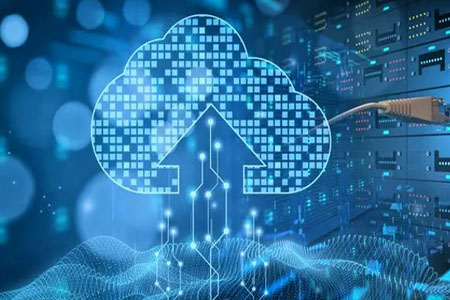Bare metal servers and cloud servers are two different types of server architectures that differ in many key ways. Here are the key differences between bare metal servers and cloud servers:
1. Virtualization vs. no virtualization:
Bare metal server: A bare metal server is a physical server without a virtualization layer. Each bare metal server runs directly on physical hardware without a hypervisor.
Cloud server: Cloud server is a virtual machine running in a virtualized environment. They use virtualization technology to run multiple virtual servers on the same physical server to share hardware resources.
2. Performance:
Bare metal servers: Since there is no virtualization layer, bare metal servers usually provide higher performance and are suitable for workloads with higher performance requirements.
Cloud server: The performance of cloud servers may be affected by the virtualization layer, resulting in some performance loss, especially when the requirements for computing resources are high.
3. Hardware pass-through and resource isolation:
Bare metal server: Bare metal server supports hardware pass-through, allowing applications to directly access physical hardware resources. Each bare metal server is an independent entity with good resource isolation.
Cloud server: Virtual machines share the same physical server. Although they are isolated through virtualization technology, the flexibility of hardware pass-through is low.

4. Elasticity and flexibility:
Bare metal servers: Bare metal servers usually require manual configuration and adjustment and are not very flexible. They are better suited for workloads that are stable and have relatively constant resource requirements.
Cloud server: Cloud server provides higher elasticity and flexibility, allowing dynamic adjustment of computing resources, rapid deployment and recycling of virtual machines, and is suitable for dynamically changing workloads.
5. Management and automation:
Bare metal servers: Managing bare metal servers often requires more manual operations, including hardware configuration, operating system installation and maintenance.
Cloud server: Cloud server provides automated management tools that can simplify deployment, configuration and management through the cloud platform, including templated virtual machine deployment.
6. Cost:
Bare metal servers: Generally speaking, bare metal servers cost relatively more because they provide higher performance and independence.
Cloud server: Cloud server usually provides on-demand billing and a more flexible pricing model, which is suitable for scenarios where payment is based on actual usage.
7. Purpose:
Bare metal server: Suitable for application scenarios with high requirements on performance, hardware pass-through and independence, such as high-performance computing, database servers, etc.
Cloud server: Suitable for scenarios with high elasticity requirements, high flexibility requirements, and cost-sensitive scenarios, such as web applications, development and testing environments, etc.
Choosing a bare metal server or a cloud server depends on specific business needs, performance requirements, and management and cost considerations. In actual applications, sometimes a hybrid cloud (Hybrid Cloud) strategy can also be used to choose different deployment methods according to different workloads.

 EN
EN
 CN
CN








